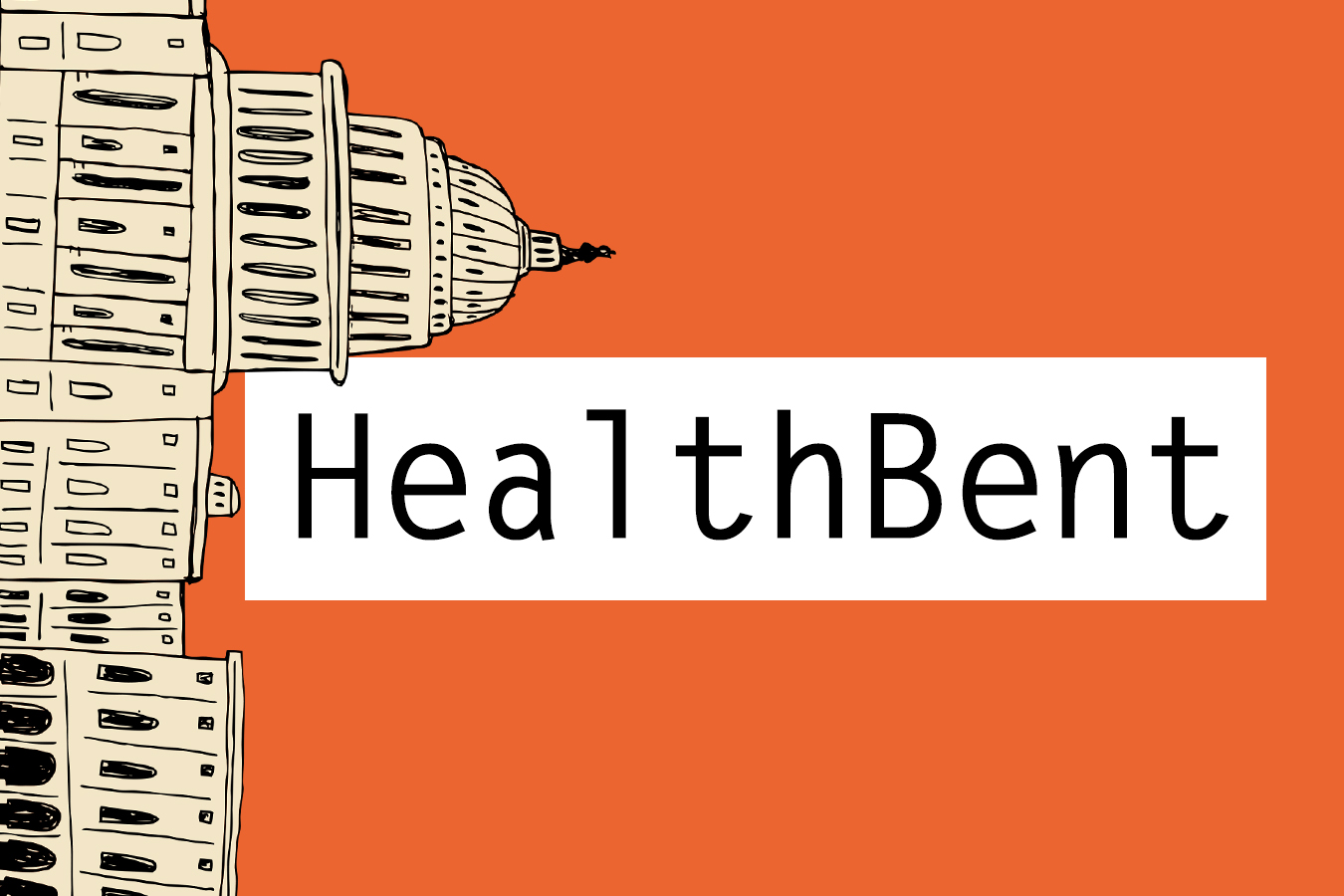This is shaping up as a critical year in the country’s battle over abortion rights, as both sides struggle to define a new status quo after the Supreme Court struck down the nearly half-century-old constitutional right last year.
It is important not to misread what happened in 2022. After a 6-3 majority of justices overturned Roe v. Wade, voters in six states were asked to choose between preserving or reducing abortion rights. In all six — Kansas, Michigan, California, Kentucky, Montana, and Vermont — voters sided with abortion rights.
Anti-abortion politicians have fared well in recent elections, contributing to a wave of anti-abortion legislation in many statehouses. But when voters are asked to consider a direct ballot question about abortion access — as opposed to weighing in on a candidate, whose anti-abortion position may be one of many stances they hold — voters strongly favor abortion rights.
Many pundits were shocked by last year’s results, particularly in Kansas, where voters have backed the Republican candidate in nearly every presidential election since 1940. Less than six weeks after the court’s decision, Kansas residents — including a large, mostly female contingent of newly registered voters — rejected an amendment to the state constitution that was put on the ballot by anti-abortion state legislators in an effort to overturn a 2019 decision by the Kansas Supreme Court.
It was unquestionably a big deal that the abortion-rights side won by 18 percentage points, particularly since the measure appeared on the ballot during the state’s August primary, when its backers anticipated lower and Republican-leaning voter turnout.
But was the defeat of their effort to limit abortion truly a surprise? Not if you look at the history of state-level ballot measures related to abortion.
According to the website Ballotpedia, there have been 53 abortion-related ballot measures in 24 states since 1970. Of the 43 questions supported or placed by anti-abortion groups or legislators, voters approved 26% and rejected 74%. Of the 10 questions supported by abortion-rights backers, voters approved 70% and rejected 30%.
In other words, the abortion-rights side has won nearly three-quarters of the ballot measures.
More than a few of these ballot questions have been in states where Republicans have even more control than in Kansas. In South Dakota, for example, voters in 2006 overturned a sweeping abortion ban passed by the legislature, which was designed to prompt the Supreme Court to reconsider Roe v. Wade. Two years later, South Dakota voters also rejected a second, slightly less draconian ban.
Even in Mississippi, historically one of the most conservative states, voters in 2011 rejected a “personhood” amendment that would have added language to the state constitution stating that life begins at fertilization. Voters demurred after it was pointed out that such a law could outlaw some common types of birth control and in vitro fertilization.
And many of the anti-abortion ballot measures that were approved dealt with issues that have long enjoyed considerable public support — such as banning public funding of abortion and requiring parents to be involved in a minor’s abortion decision.
That is in stark contrast to the more recent success of candidates who oppose abortion, whose numbers have dramatically increased at both the state and federal levels in recent years. Conservative Republicans won control of so many governorships and state legislatures in 2010 that it led to a landslide of anti-abortion legislation in the following years.
Abortion isn’t the only issue for which voters have split ballots, weighing in on a ballot initiative while backing a candidate with an opposing viewpoint. Expanding Medicaid coverage under the Affordable Care Act is another example. So far, in seven states where Republican governors, lawmakers, or both have refused to extend Medicaid coverage to certain moderate-income residents, voters have approved expansion over those objections.
What explains how some of the same voters who elect and reelect candidates opposed to abortion also support abortion rights in stand-alone ballot questions?
One reason is that until 2022, abortion was not among voters’ top priorities when choosing whom to vote for. As recently as 2016 — when Republican presidential candidate Donald Trump promised to work to ban abortion, while Democrat Hillary Clinton vowed to protect abortion rights — only 45% of voters said abortion was “very important” to their vote, compared with 84% who cited the economy and 80% who said their top issue was terrorism. Out of 14 top issues that year, abortion ranked 13th in the poll from the Pew Research Center.
What does it mean for the future? In 2022, according to an analysis by KFF pollsters, support for abortion rights may have helped Democrats soften their expected midterm losses. As abortion has surfaced more in headlines, the issue has become more salient for voters of both parties.
State and federal lawmakers, emboldened by the court’s decision, may need to be more careful in deciding how to legislate on abortion-related matters in 2023. The voters are watching.
HealthBent, a regular feature of Kaiser Health News, offers insight and analysis of policies and politics from KHN’s chief Washington correspondent, Julie Rovner, who has covered health care for more than 30 years.

